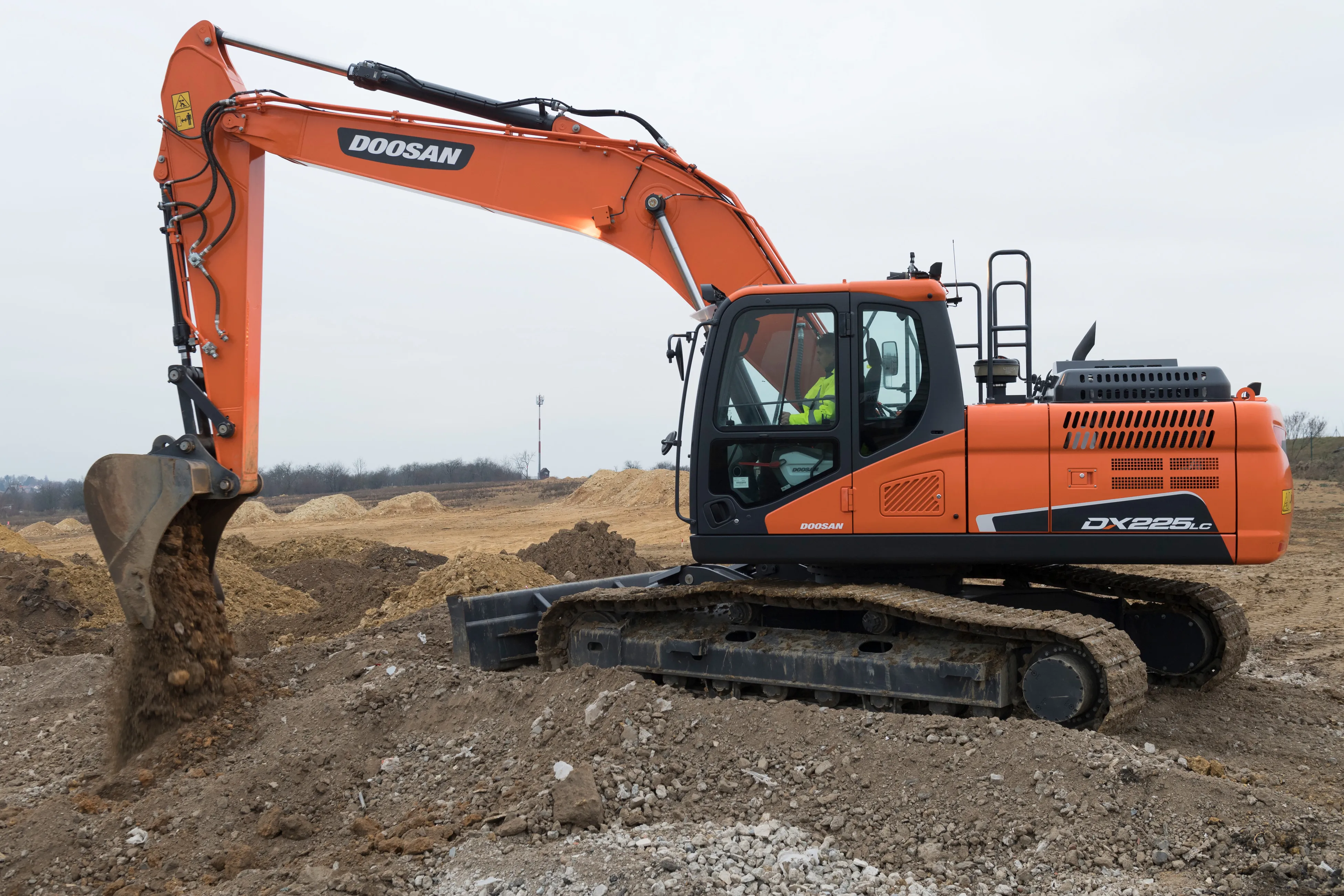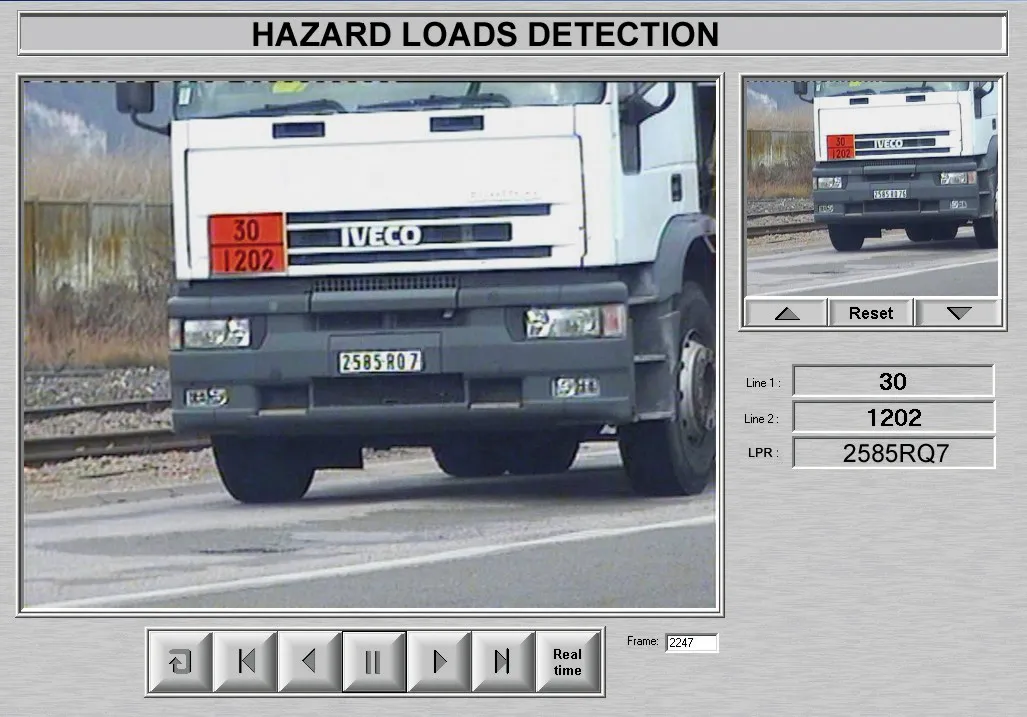The Queen-Creek Tunnel is the first tunnel in Arizona to install technology for lighting control, said Pierre Longtin, president of Nyx Hemera. The $3 million renovation of the 400m tunnel, built in 1952, is part of ongoing efforts to upgrade the US state’s road network to improve security and luminaire efficiency.
The project involves removal of the interior lighting, installation of an LED lighting system with an intelligent control system, replacement of the exterior lighting at both ends of the tunnel, the adaptation of the current electrical control building and the cleaning of the walls and ceiling of the tunnel.
The Tunnel Lighting Addressable Control System is being used in tunnels also in Singapore, Europe, the Middle East, South America and Canada with LED and HPS lighting systems.
Holophane, based in the US city of Newark, provides lighting systems for commercial, industrial, emergency and outdoor applications.
Nyx Hemera Technology brightens up Arizona’s Queen Creek Tunnel
Nyx Hemera Technology is supplying its Tunnel Lighting Addressable Control System (TLACS) with Holophane’s luminaires in the Queen-Creek tunnel in Arizona. TLACS is an intelligent control system that adjusts lighting levels based on ambient brightness and outdoor weather conditions. According to the company, it reduces energy consumption, significantly reduces maintenance and improves the visibility of drivers commuting in the tunnel.
December 14, 2017
Read time: 2 mins
Nyx Hemera Technology is supplying its Tunnel Lighting Addressable Control System (TLACS) with Holophane’s luminaires in the Queen-Creek tunnel in Arizona. TLACS is an intelligent control system that adjusts lighting levels based on ambient brightness and outdoor weather conditions. According to the company, it reduces energy consumption, significantly reduces maintenance and improves the visibility of drivers commuting in the tunnel.









